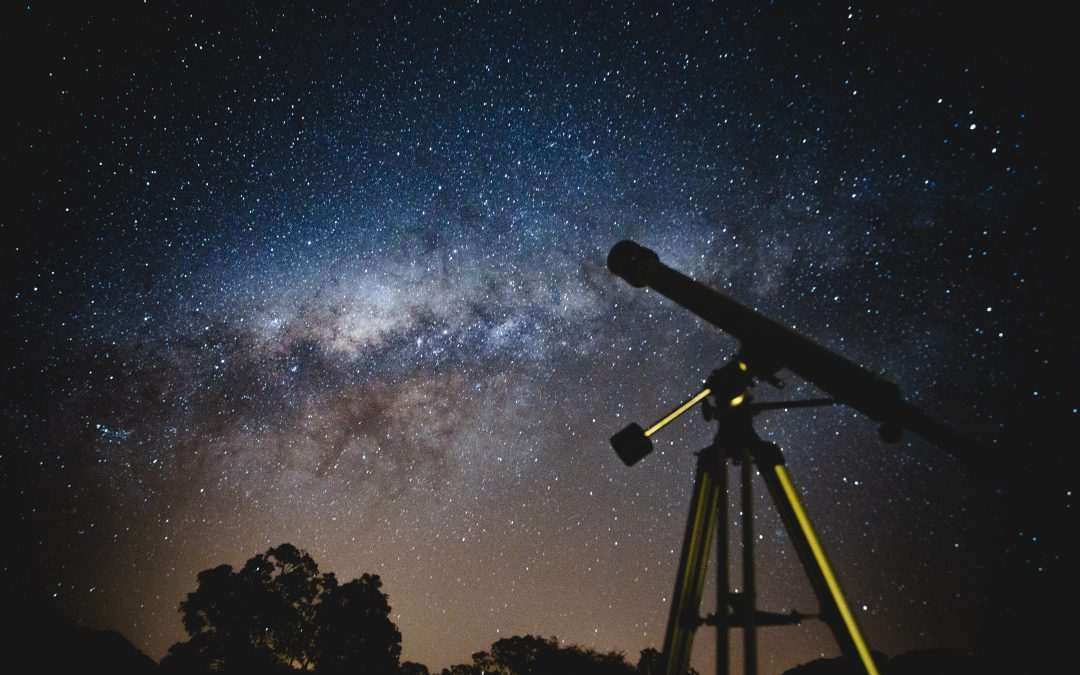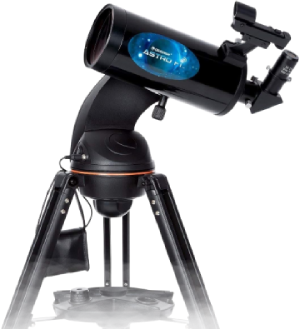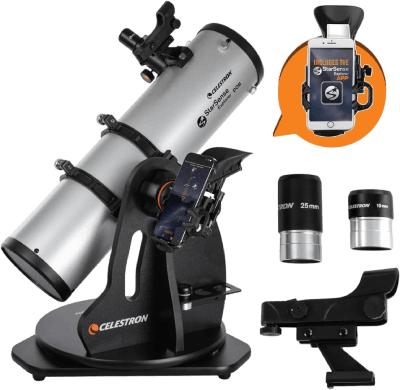Choosing the right telescope isn’t just about how much you spend — it’s also about where you live. Urban dwellers face heavy light pollution, while rural residents might enjoy stunning dark skies. If you’re in the suburbs, you're somewhere in between.
Let the Stars Shine for You: Choosing the Right Telescope for Where You Are

Top Telescopes Tailored to Your Location
🔭 1. Celestron AstroMaster 70AZ – Ideal for City Viewers
If you live in an apartment or have limited access to dark skies, the AstroMaster 70AZ is a compact, beginner-friendly refractor. Its 70mm aperture works well for the Moon, planets, and bright double stars — perfect targets even under light-polluted urban skies.
- Best For: Urban environments
- Why: Lightweight, quick setup, low maintenance
- Bonus: Built-in smartphone adapter for easy snapshots
🌆 2. SkyWatcher Heritage 130P – Suburban Stargazer's Favorite
For suburban areas where light pollution is moderate, the Heritage 130P Dobsonian reflector offers a significant jump in aperture and clarity. With 130mm of light-gathering power, you’ll get satisfying views of deep-sky objects and planets alike.
- Best For: Suburban backyards
- Why: Compact collapsible design, good light collection
- Bonus: Affordable without sacrificing optical quality
🌌 3. Orion SkyQuest XT8 – Rural Powerhouse
Living far from city lights? The SkyQuest XT8 gives you an 8-inch aperture — a game-changer under dark skies. You’ll be able to see galaxies, nebulae, and star clusters in impressive detail.
- Best For: Rural observers with minimal light pollution
- Why: Massive light-gathering ability, excellent for deep-sky
- Bonus: Smooth Dobsonian mount for intuitive tracking
🏙️ 4. Unistellar eVscope 2 – Smart City Stargazing
This digital telescope uses enhanced vision tech to cut through light pollution — ideal for urban astronomers who want more than just the Moon. With app-controlled navig
✨ James Webb Nebula Gallery
What to Consider Based on Where You Live
Choosing the right telescope depends heavily on your environment. Here’s what to factor in:
📍 Location & Light Pollution
- Urban Areas: Look for refractors or digital scopes that excel in planetary viewing and resist glare.
- Suburban Areas: Mid-sized reflectors are great for a mix of planetary and some deep-sky viewing.
- Rural Areas: Go big! Large Dobsonian reflectors are ideal in dark skies.
📦 Portability
- If you live in an apartment or plan to drive to dark-sky sites, compact and lightweight models matter.
- For backyard setups, weight is less of an issue — go for bigger aperture if your space allows.
💰 Budget
- Under $200: Great for kids and first-time users
- $300–$700: Ideal for serious beginners wanting quality views
- $1000+: Best for enthusiasts seeking automated and high-powered tools
🔧 Maintenance & Setup
- Refractors: Low maintenance, plug-and-play
- Reflectors: Require collimation, more care but better value per inch
- Compound/GoTo: Easy to use, but more expensive and tech-heavy
Where you live shapes your night sky
and your telescope should match it. From city rooftops to country fields, the right equipment can unlock the wonders of the universe. Whether you're hunting Jupiter’s stripes or Andromeda’s glow, let your location guide your gear.


